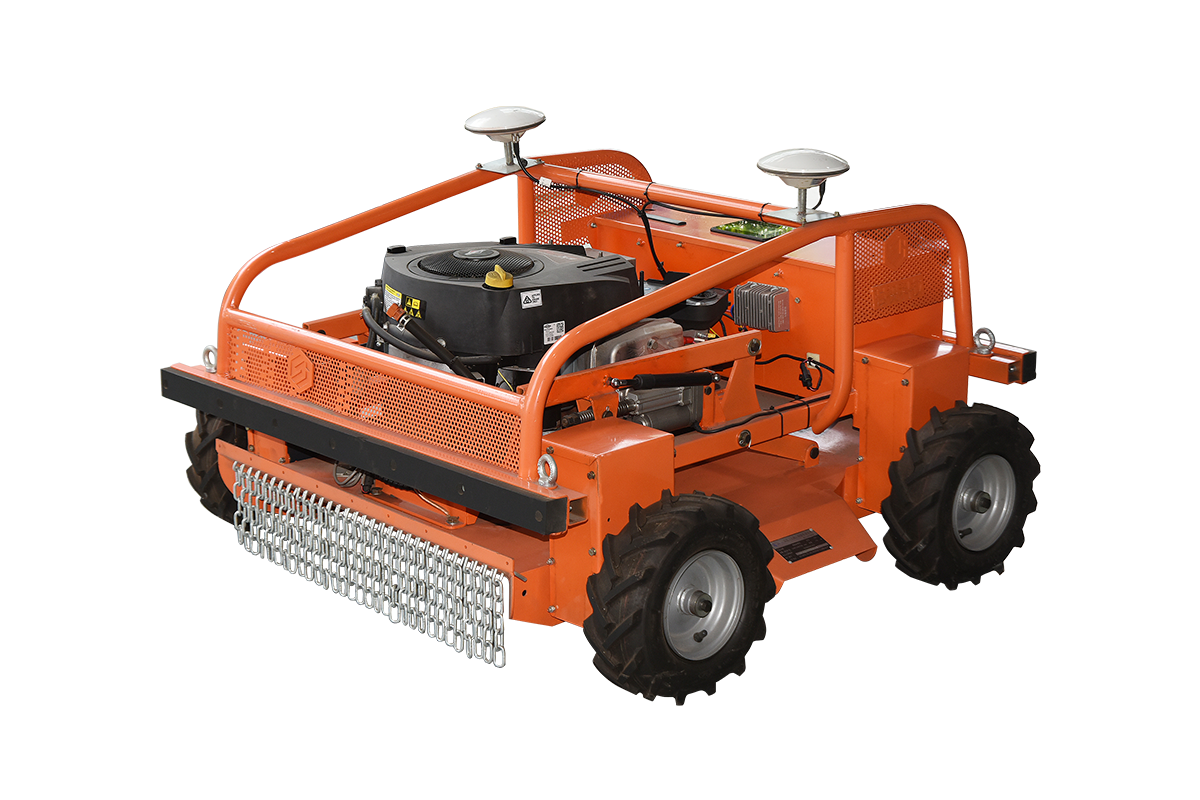 [email protected]
[email protected] No. 1819, Renmin West Road, Cao'e Street, Shangyu District, Shaoxing City, Zhejiang Province, China
No. 1819, Renmin West Road, Cao'e Street, Shangyu District, Shaoxing City, Zhejiang Province, China

+86-18158752211
 2025.11.17
2025.11.17 Industry News
Industry NewsVegetable transplanter machines have become an essential tool in modern agriculture, significantly improving planting efficiency and reducing labor costs. However, different types of vegetables have varying growth habits and planting requirements, making the selection of the right transplanting machine crucial. Choosing the appropriate machine ensures higher plant survival rates and optimal early-stage growth. This article provides a detailed explanation of how to select a vegetable transplanter based on the specific planting requirements of different vegetables.
The root structure of vegetables varies, which directly influences the choice of transplanting machine. Different vegetables have different root protection needs, and selecting a machine that minimizes root damage is essential to ensure healthy plant growth.
Shallow Root Vegetables: Vegetables like lettuce, spinach, and herbs have shallow root systems and do not require deep planting. For these vegetables, it is essential to choose a vegetable transplanter with adjustable planting depth to ensure the roots are not damaged during transplanting. Machines with shallow planting capabilities are ideal for this type of crop.
Deep Root Vegetables: Vegetables such as carrots, onions, and certain root crops have deeper root systems. For these vegetables, a transplanter with stronger soil loosening and deeper planting capabilities is necessary. These machines often come with deeper planting holes and more powerful drive systems to ensure the plants are placed at the proper depth without damaging their roots.
Vegetables have different spacing requirements for optimal growth, and selecting a transplanter that can adjust planting row spacing and plant spacing is essential to achieving the desired plant density.
Large Vegetables: Crops like tomatoes, peppers, and pumpkins require wider row spacing and larger plant spacing due to their larger size. A vegetable transplanter for such crops should have adjustable row and plant spacing settings to ensure that each plant has enough room to grow without competing with others for nutrients and sunlight.
Small Vegetables: Vegetables like lettuce, celery, and spinach have smaller plant sizes and can be planted closer together. For these crops, a transplanter needs to be capable of precise adjustments to plant spacing to maximize yield while maintaining optimal conditions for each plant's growth. Machines with fine-tuned spacing control are necessary for such high-density planting.
The type of soil plays a significant role in vegetable growth. Vegetables have different soil requirements, including soil looseness, moisture content, and drainage, and these factors must be considered when selecting a transplanter machine.
Loose Soil: Vegetables like tomatoes, peppers, and melons require loose, well-aerated soil for healthy root growth. In this case, the transplanter must be equipped with a soil loosening mechanism that helps break up compacted soil, creating an ideal environment for root establishment.
Heavy or Clayey Soil: Vegetables such as onions and potatoes may be planted in heavier or clayey soil types. In such cases, the transplanter needs to be designed to handle more challenging soil conditions. It should have enhanced soil breaking and drainage capabilities to prevent root damage due to poor soil aeration or waterlogging.
Vegetable transplanters typically come in two main planting methods: row planting and hole planting. The method chosen depends on the type of vegetable and its planting requirements.
Row Planting: This method is ideal for larger vegetables like tomatoes, peppers, and cucumbers, which require wider spacing between plants. Row planting transplanters are designed to handle wider rows and plant each seedling in a precise location along the row, ensuring that there is adequate space for each plant to grow.
Hole Planting: This method is suited for small vegetables like lettuce, spinach, and herbs, which require more densely planted rows. Hole planting transplanters have precise control over plant placement, allowing for more compact planting while ensuring that each seedling has sufficient room to develop and receive adequate light and nutrients.
Vegetables have varying tolerances to environmental conditions such as temperature, humidity, and moisture. Transplanters need to be adaptable to these conditions to ensure successful planting and early-stage growth, especially in extreme climates.
Cold-Tolerant Vegetables: Vegetables like carrots, cabbage, and onions are cold-tolerant and can thrive in cooler climates. For these vegetables, selecting a transplanter with heating and insulation features can help protect the seedlings from frost damage during planting, ensuring they survive in colder temperatures.
Heat-Tolerant Vegetables: Vegetables such as tomatoes, peppers, and cucumbers prefer warmer climates and require machines that can operate efficiently in high temperatures. For such heat-tolerant crops, transplanters should have good ventilation and cooling systems to prevent overheating during operation, which can damage the machine or the seedlings.
The precision with which a vegetable transplanter can place seedlings in the soil is critical for ensuring proper root development and minimizing plant stress. Some vegetables require deeper planting, while others need shallow planting. Additionally, the speed at which the transplanter operates should match the specific growth rate and soil conditions of the vegetable being transplanted.
Deep Planting for Certain Crops: Crops such as carrots and onions require deep planting for optimal root development. In this case, choosing a transplanter with adjustable depth controls is essential. The machine should be able to precisely place the seedlings at the correct depth, preventing them from being planted too shallow or too deep.
Shallow Planting for Leafy Vegetables: Leafy vegetables like lettuce and spinach require shallow planting to ensure quick germination and early growth. A transplanter for these crops should be capable of shallow planting and allow the operator to adjust the depth as needed to avoid damage to the delicate seedlings.






